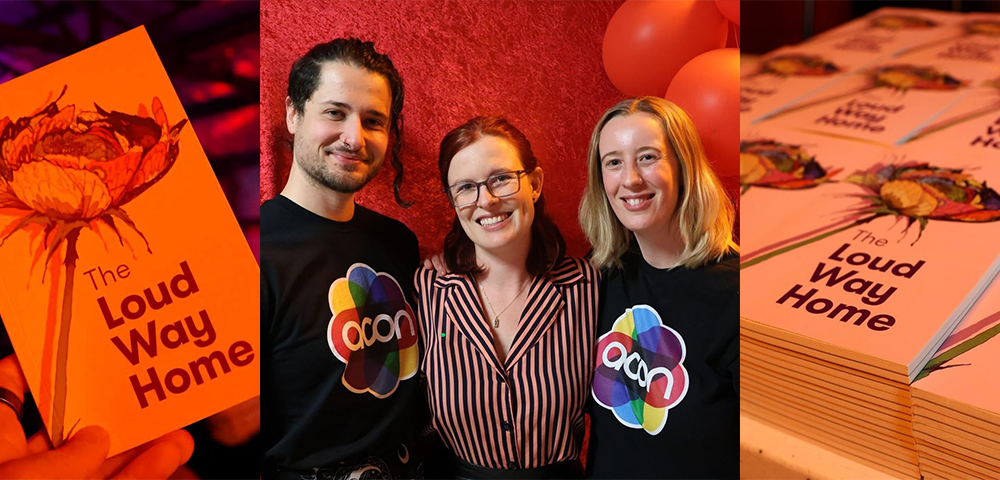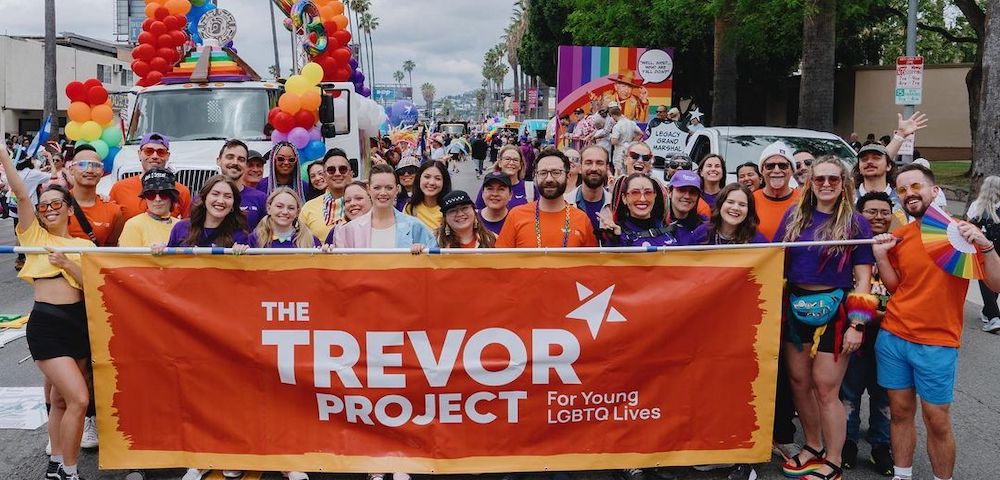
We Need to Quash Prep-Related Stigma

By Michael Traeger
Australia has achieved one of the highest rates of PrEP coverage among people at risk of HIV in the world, the result of a decade of hard work by community groups, PrEP advocates, researchers, clinicians and government.
However, we are still a long way off reaching the National HIV Strategy target of increasing the proportion of eligible Australians who are on PrEP to 75%. The number of people starting PrEP for the first time has stabilised, and PrEP uptake has slowed during the pandemic.
While many factors may contribute to people being hesitant toward starting PrEP, stigma is being recognised as an important challenge to address. Despite the queer community widely embracing PrEP, PrEP-related stigma still exists, from both within and outside the community.
‘PrEP Users are Diligent With Their Sexual Health’
In the early years of PrEP roll-out, especially in the US, PrEP use was highly stigmatized and labelled by some as a ‘party-drug’, with suggestions that it encouraged promiscuity and recklessness.
While some may still think this today, in reality the data show that Australian PrEP users are diligent with their sexual health, with exceptionally high rates of STI testing and continuous engagement in sexual health care. STI rates have not skyrocketed as some claimed would happen. The narrative around PrEP use in Australia has become one of taking control of your own health and having choice in how you protect yourself from HIV.
However, stigma does still exist, and is most often felt by those facing intersecting forms of discrimination, including those from culturally diverse backgrounds or people living in regional and rural areas.
Stigma can come from community, but also from doctors and health professionals when people are seeking PrEP, and risks discouragement of PrEP uptake or motivating people to discontinue using PrEP. Stigma towards PrEP use largely stems from stigma towards behaviours associated with high-risk sexual activity.
However, PrEP is not just for individuals who are at greatest risk of HIV, but for anyone who wants to take control and responsibility of their health, feel better and stay healthy. Research shows that PrEP significantly reduces anxiety for a lot of people.
‘PrEP May Not be the Preferred Choice for Everyone’
Of course, stigma goes both ways. Recent Australian research suggests that in some parts of our community, more stigma is experienced by those choosing not to use PrEP. Those who choose to use condoms can often feel excluded or rejected.
While some may believe PrEP is the best way to protect themselves from HIV, PrEP may not be the preferred choice for everyone, and such stigma can be counterproductive and lead to further division within the community, and less willingness to use PrEP if and when it’s suitable.
So as we aim for greater PrEP coverage in Australia, how can we address the PrEP-related stigma that persists in our community and healthcare settings?
‘Change Needs to be Driven From Within the Community’
PrEP implementation strategies need to broaden their focus from targeting only groups with high HIV incidence, as this may perpetuate the idea that PrEP is for only those at high risk. Acknowledging that PrEP has multiple benefits and may be suitable for people outside of traditional risk groups will lead to increased PrEP equity.
GPs and health professionals need continuing education and ongoing engagement about culturally sensitive PrEP delivery and how to identify those who may benefit from PrEP, especially in circumstances where there may be undisclosed risk among patients.
Finally, and most importantly, as always, change needs to be driven from within the community – PrEP-using and non-PrEP-using – to disseminate non-judgemental and factual information about PrEP, to encourage and promote choice and respect, and not to drive division within our communities.
Michael Traeger is an epidemiologist and PhD candidate at the Burnet Institute in Melbourne. His research focuses on STI epidemiology and prevention among gay and bisexual men using PrEP.










This research sounds a bit strange to me. I don’t think there’s any stigma for PrEP users. Far from it. I preference people who say they are taking PrEP. I don’t trust them to be doing it right, but it certainly reduces my risk level when I know I am doing it right. But there is confusion and misinformation in the community about what successful PrEP use means. Partly driven by mixed messages from medicos and HIV organisation lobbyists. I take one pill a day every day and have for about 5 years now. But some people out there think you can take an occasional pill before (or even after) sex and that still counts as PrEP. There seems to be constant pressure from some professional circles to signal easier or less intrusive pill routines in order to make casual users feel better about themselves. But I fear it’ll end up like ACON’s ‘Talk, Test, Test, Trust’ campaign that watered down the messaging around condom use, led to a very rapid decline in safe sex practices in venues (I know – I was there!) and increasing rates of HIV infection. Part of the answer should be a change to the PrEP prescribing rules to allow testing at six month intervals instead of three. That would make taking a pill a day easier, if you could get a decent supply without constantly having to go back to the sexual health clinic.